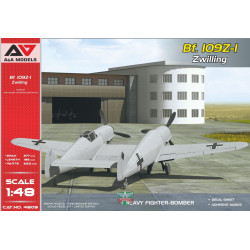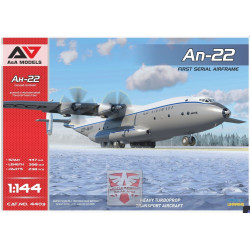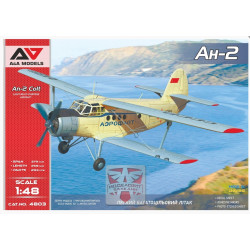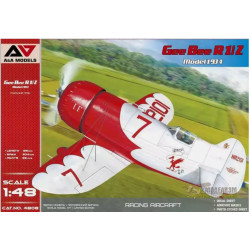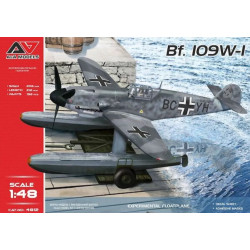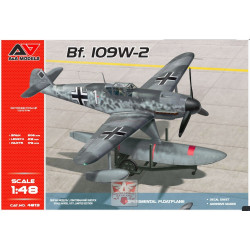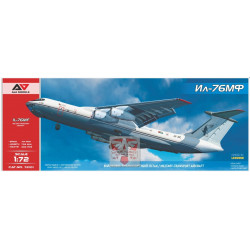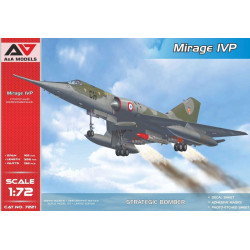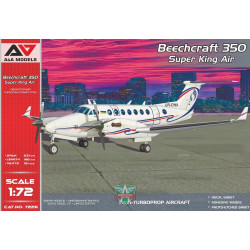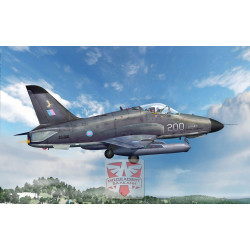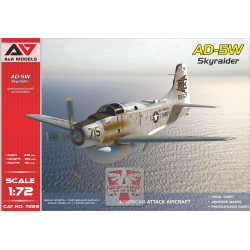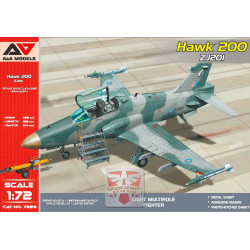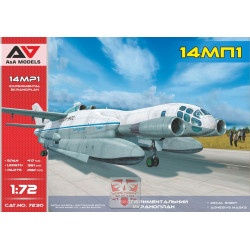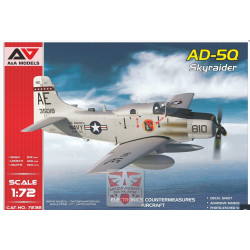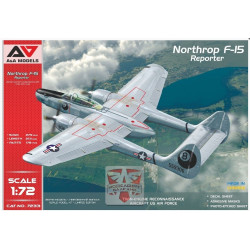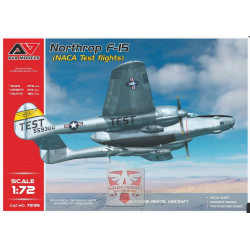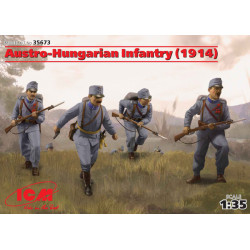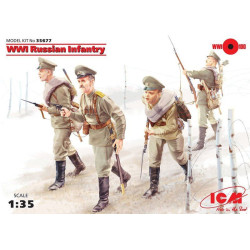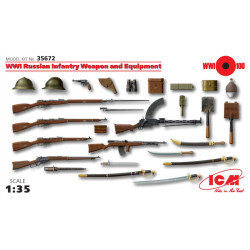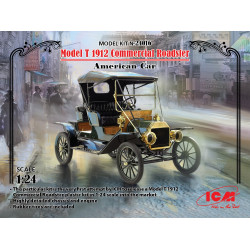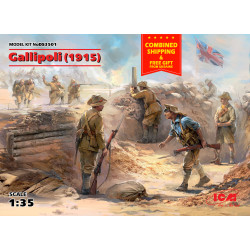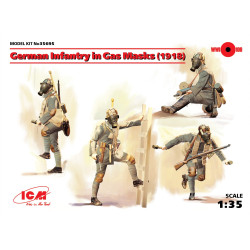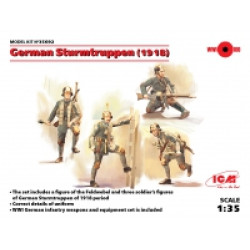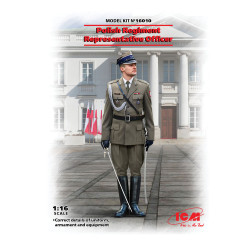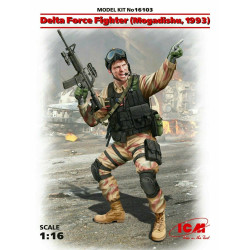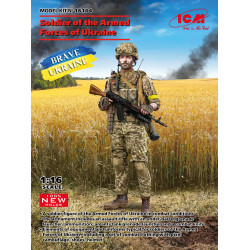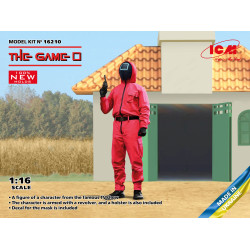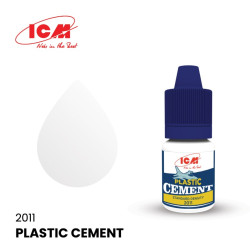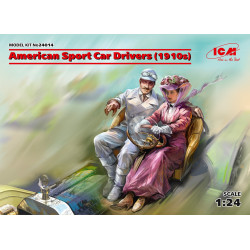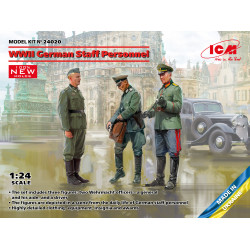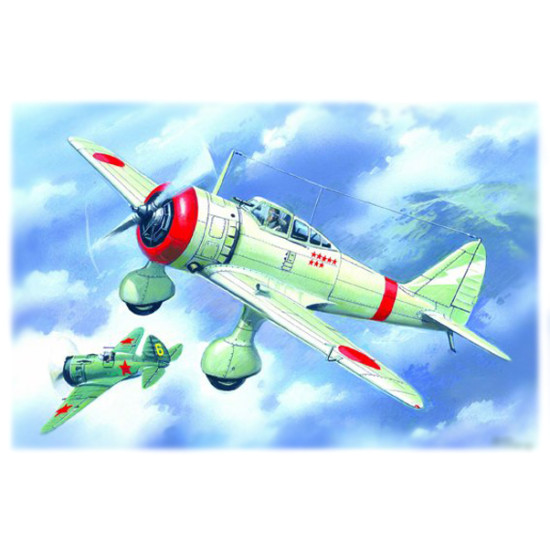
Fighter Nakajima Ki-27b
1/72 WWII military aircraft fighter scale plastic model kit
ICM 72202
High-quality details.
Manufacturer: ICM Models (Ukraine)
Scale: 1/72
Material: Plastic
Paint: Unpainted, Unassembled, Kit do not contain paints and glue.
Condition: New in Box
The Nakajima Ki-27 (ä¹ä¸ƒå¼æˆ¦é—˜æ©Ÿ KyÅ«nana-shiki sentÅki, or Type 97 Fighter?) was the main fighter aircraft used by the Imperial Japanese Army Air Force up until 1940. Its Allied nickname was "Nate", although it was called "Abdul" in the "China Burma India" (CBI) theater by many post war sources;Allied Intelligence had reserved that name for the nonexistent Mitsubishi Navy Type 97 fighter, expected to be the successor to the Type 96 carrier-borne A5M with retractable landing gear and an enclosed cockpit.In 1935, the Imperial Japanese Army held a competition between Nakajima,Mitsubishi, and Kawasaki to design a low-wing monoplane to replace theKawasaki Ki-10 (Army Type 95 Fighter) biplane. The new fighter was to have also a better performance than the experimental Mitsubishi Ki-18.
The results were the Nakajima Ki-27, the Kawasaki Ki-28, and the Mitsubishi Ki-33 (a modification of the Mitsubishi A5M carrier-based fighter). The Nakajima design was based on its earlier Ki-11 monoplane fighter which lost to the Ki-10 in the Type 95 Fighter competition. When the follow-up Nakajima Ki-12 proposal with a liquid-cooled engine and retractable landing gear was deemed too complex by the Japanese officials, the Ki-27 was designed byKoyama Yasushi to have an air-cooled radial engine and fixed landing gear. The aircraft had the Nakajima trademark wing with a straight leading edge and tapered trailing edge which would reappear again on the Ki-43, Ki-44, and Ki-84.n the 1939 Battle of Khalkhin Gol against the USSR in Mongolia, the Ki-27 faced both Polikarpov I-15 biplane and Polikarpov I-16 monoplane fighters. In the initial phase of the conflict, its performance was a match for the early model I-16s, and was considerably superior to the I-15 biplane. With better trained Ki-27 pilots, the IJAAF gained aerial superiority. The Ki-27 was armed with two 7.7 mm (.303 in) Type 89 machine guns and as with most aircraft of the period, lacked armor protection for the pilot, as well as self-sealing or fire suppression in the fuel tanks.
Later, the Soviet Air Force received improved I-16s. The faster, more heavily armed (with twin wing-mounted 20mm cannon) and armored I-16 now nullified the Ki-27s previous advantages and it could now escape from the Ki-27 in a dive. The VVS introduced new tactics consisting of flying in large tightly knit formations, attacking with altitude and/or speed advantage and hit-and-run (high-energy) tactics much as Claire Chennault would later formulate for the 1941-era Flying Tigers (likewise to fly against Japanese forces).
Japanese losses mounted but despite this they claimed 1,340 downed aircraft (six times the admitted Soviet losses and three times as many as Soviet aircraft admitted to being in the theatre) though similar discrepancies were common worldwide before gun cameras became widespread. Japanese losses numbered 120 (including Ki-10s) while the Russians claimed 215 vs. a peak Japanese strength of 200 fighters. Top scoring pilot of the incident and top scoring IJAAF pilot on the Ki-27 and overall World War II IJAAF ace wasWarrant Officer Hiromichi Shinohara, who claimed 58 Soviet planes (including an IJAAF record of 11 in one day) whilst flying Ki-27s, only to be shot down himself by a number of I-16s on 27 August 1939.
| General Product Info | |
| Material | Plastic |
| Scale | 1/72 |
| Type | Fighter / Interceptor |
We have the lowest worldwide shipping. And it's totally simple.
EUROPE, USA, CANADA TURKEY, ISRAEL, EGYPT, UE CHINA, JAPAN, HK, S.KOREA | AU NZ MX South America, Asia | |
| Order weight up to 0.22kg or 0.48lb | US$ 8.90 | US$ 8.90 |
| Order weight up to 0.44kg or 0.97lb | US$ 13.95 | US$ 17.90 |
| Order weight over 0.44kg or 0.97lb | US$ 19.99 | US$ 29.99 |
| Order total over $150 | FREE | PROMO US$ 19.99 |
Shipping to some countries not qualifies for the free shipping option but costs not over $29.99 for any sized order. Sorry for that, your location is too far.
- Stock: Out Of Stock
- Model: ICM72202
- Weight: 0.35lb
- DATE ADDED: 27/02/2014
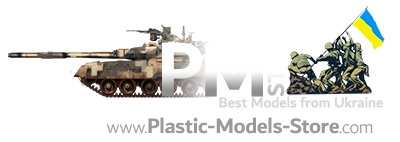
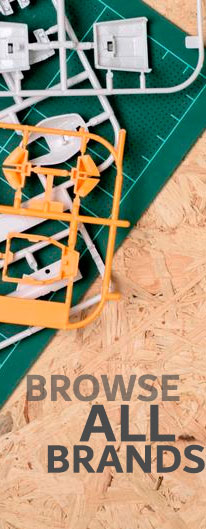

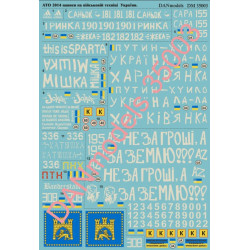
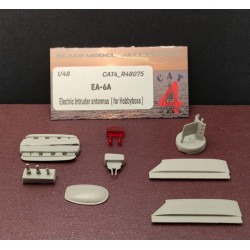



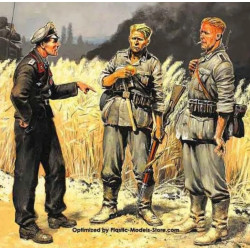



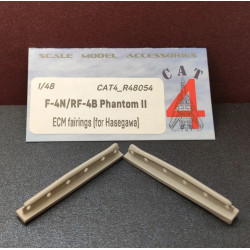
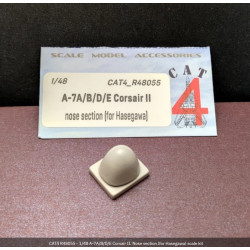
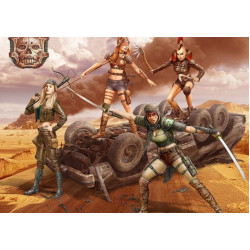
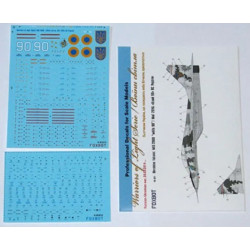

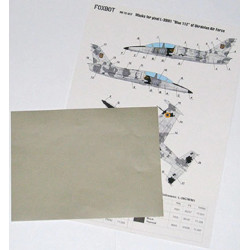
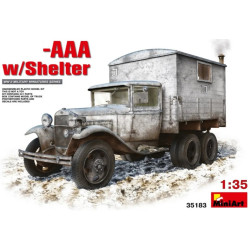


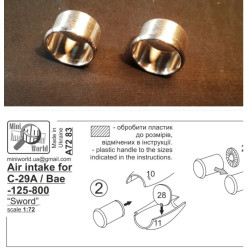
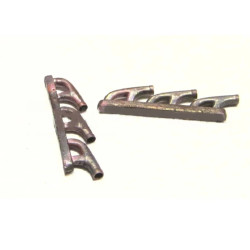
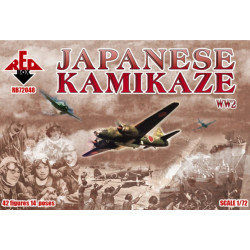





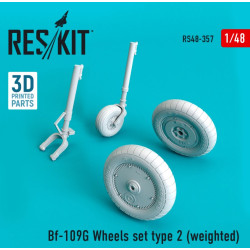


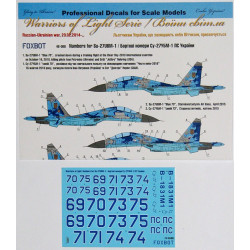
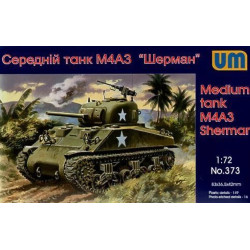









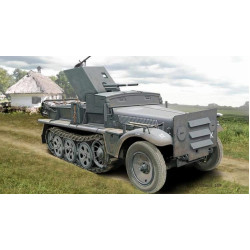
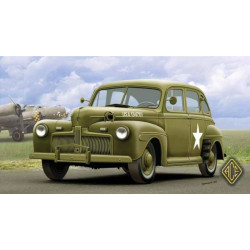
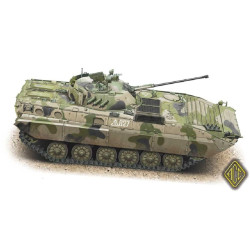
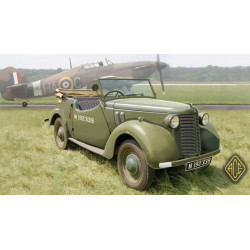
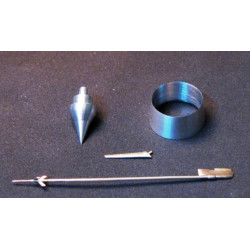

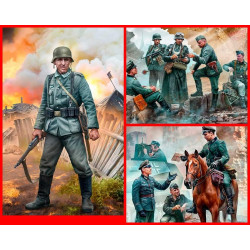
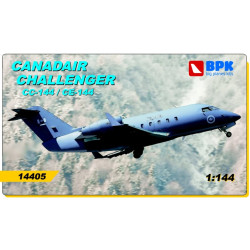
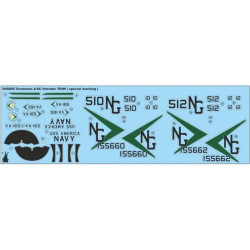

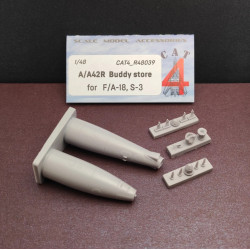

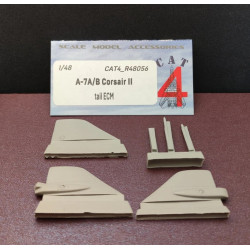
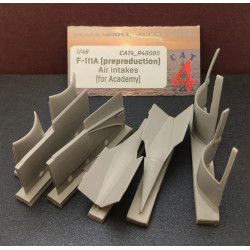
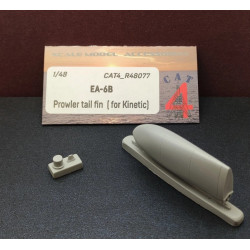
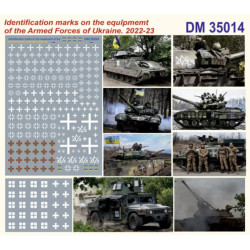
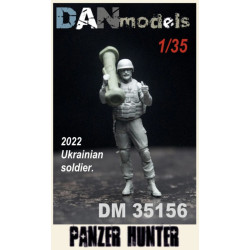

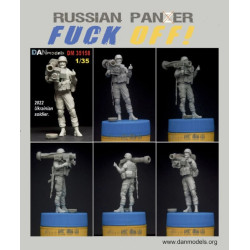

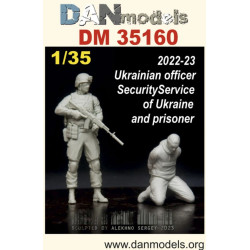
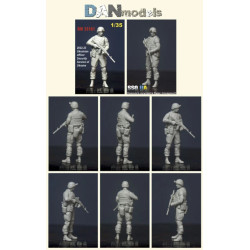
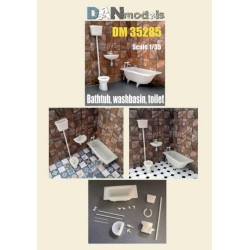
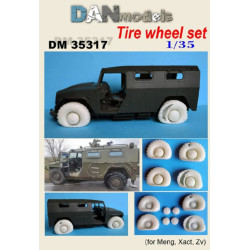
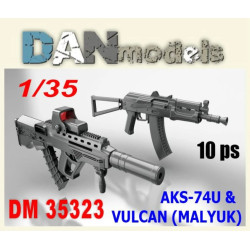
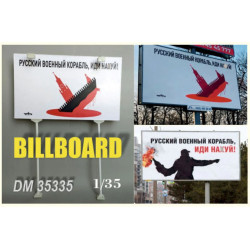
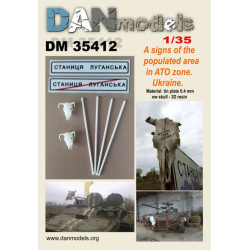


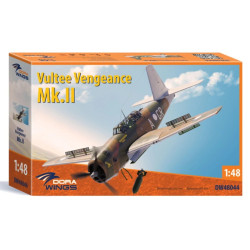

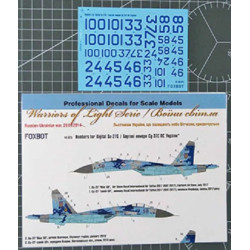

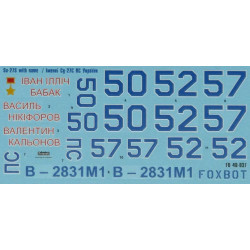

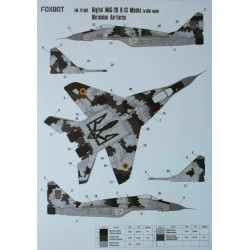





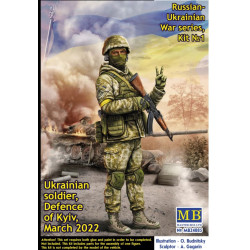
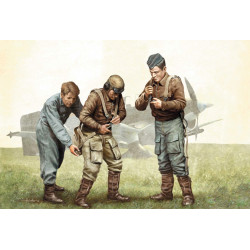

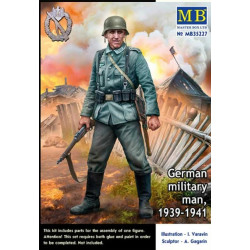
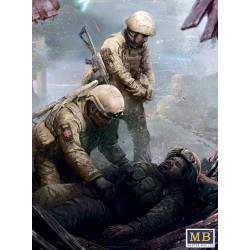












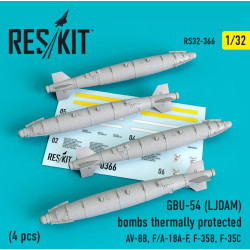
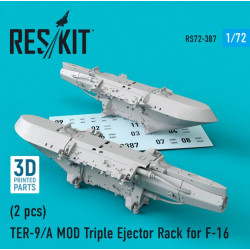










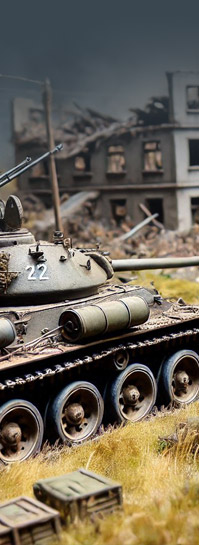

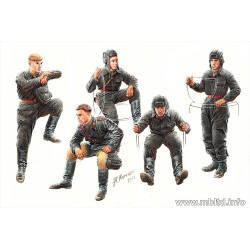
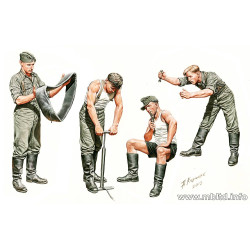
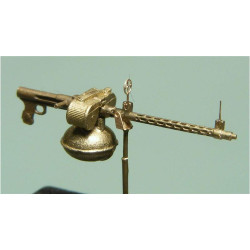

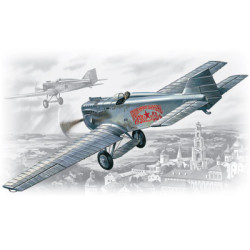
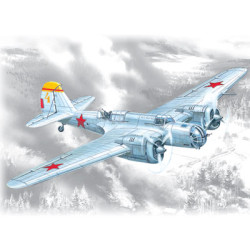
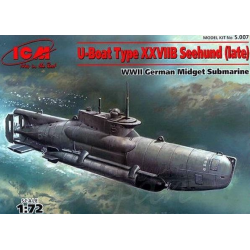
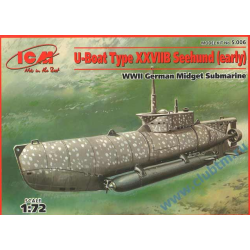
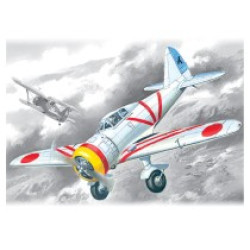
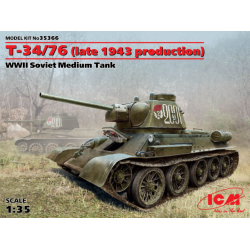
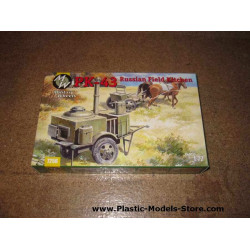
-250x250w.jpg)
-250x250w.jpg)
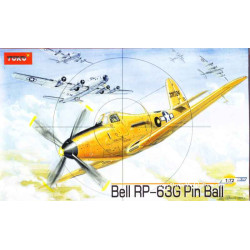
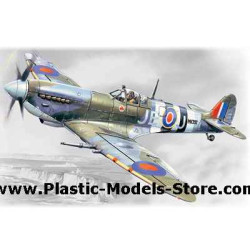
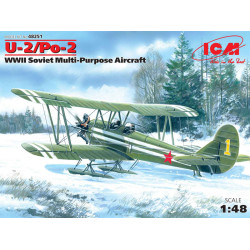
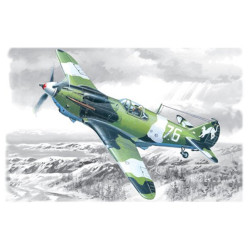

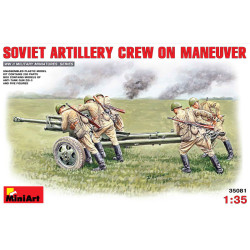
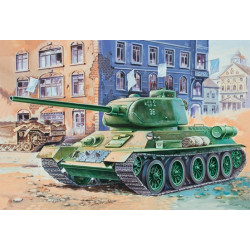
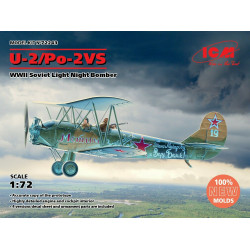
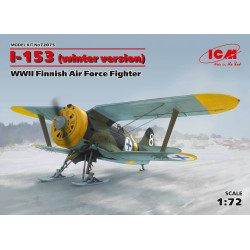

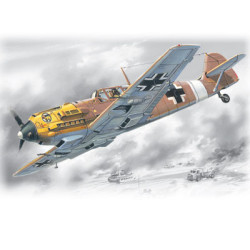
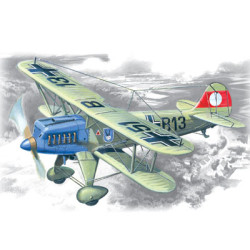
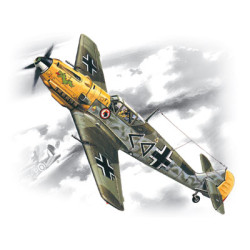
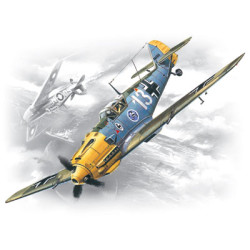
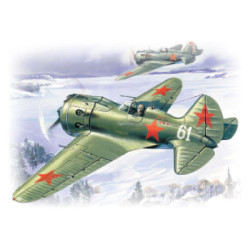
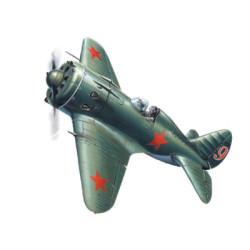
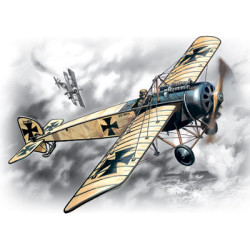
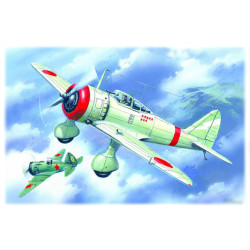
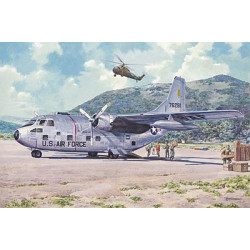
-250x250w.jpg)

